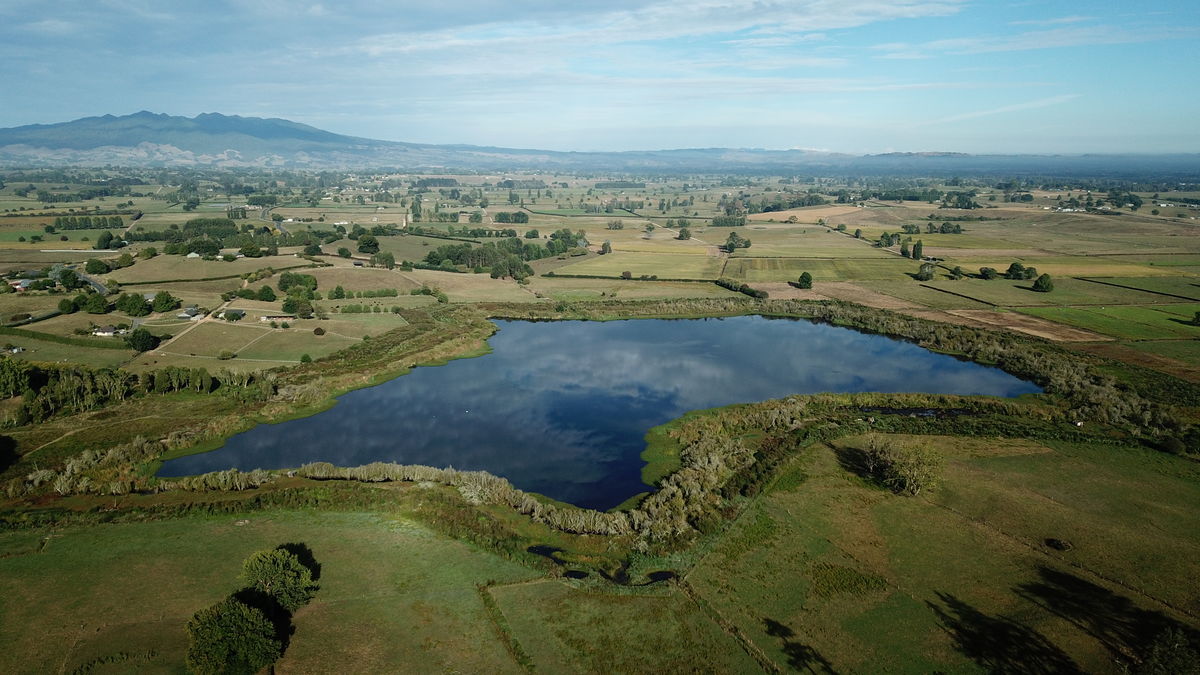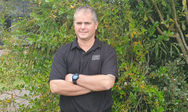
Partners pool resources to secure funding for Manga-o-tama project
A Living Water (partnership of the Department of Conservation and Fonterra) application for funding to restore the Manga-o-tama stream and catchment was approved by the Waikato River Authority (WRA) in mid-October 2021. The WRA approved $388,000 of funding for a two-year work programme.
Living Water made the application for funding the Manga-o-tama Ōhaupō Peat Lakes to Waipā River Connection project on behalf of a wider partnership group of Iwi partners, Nga Iwi Tōpū O Waipā - Ngāti Apakura, Ngāti Hikairo, Ngāti Mahanga, local farmers and stakeholders including Waipā District Council, Waikato Regional Council, NZ Landcare Trust and the Manga-o-tama Wetland Restoration Trust.
Waikato Peat Lakes Site Lead Dion Patterson says after working for seven years with Iwi and stakeholders individually on Living Water trials it’s exciting to see the community combine resources for a joint project.
“We know from our experience of working to improve water quality in the Peat Lakes area and around New Zealand that the greatest gains are made when organisations and individuals combine resources to work for common goals at the catchment level,” says Patterson. “All the partners in the Manga-o-tama Ōhaupō Peat Lakes to Waipā River Connection project are committed to making a measurable improvement to water quality by filtering out sediments and nutrients and providing habitat to indigenous birds, bats, fish, and invertebrates.”
The Manga-o-tama stream flows from east to west from Ōhaupō to the Waipā River near Ngāhinapōuri and its catchment area includes several Waikato Peat Lakes, including Lake Ruatuna where Living Water has been gathering data and trialling projects to improve water quality. The Manga-o-tama catchment is an important migration route for native fish species such as short finned and long finned eels that migrate between Lake Ngaroto and upper catchment tributaries and the ocean to complete their life cycle. Other native fish recorded in the Manga-o-tama stream include banded kōkopu, black mudfish, common bully, cran’s bully, koura, smelt and torrent fish. Several rare species have been recorded at the site including pūweto/spotless crake and Pekapeka-tou-roa/long tailed bat, one of only two remaining species of native land mammals in New Zealand.
The Manga-o-tama Stream and Wetland Restoration Trust (MSWRT) is a group of farmers along the Manga-o-tama Stream and adjoining wetlands, who have fenced 14 kilometres of waterways, planted 48,000 native plants, retired farmland and fenced off several remnant kahikatea stands. A trapping programme targeting rats and mustelids has started, and morepork and bat nesting boxes and weta hotels have been installed.
Patterson says the Manga-o-tama Ōhaupō Peat Lakes to Waipā River Connection project has ambitious goals to accelerate this work started by the MSWRT.
“In addition to maintaining 30 hectares of planted areas, and bringing willow, privet and other weeds under control, 2 hectares of farmland will be retired, and a further 7.9 kilometres of fencing installed to protect wetland and riparian waterways which will be planted up with 16,000 plants,” says Patterson. “Creating a buffer of riparian vegetation between the farmland and the wetland will assist in filtering nutrients, sediment, and pathogens from farm runoff. Extensive planting around wetlands, lakes and streams in the catchment will create a corridor for native bird species and native bats.”
A further goal is to have 100% of the 38 Fonterra farms within the Manga-o-tama catchment plus the 6 highest ranking non-Fonterra farms with fully completed Farm Environment Plans (FEP) by the end of the project.
Living Water is a 10-year partnership between DOC and Fonterra. Living Water is working with others to restore unique peat lakes ecosystems, enhancing habitat around lake margins and surrounding catchments (on-farm), that enable farming, freshwater, and healthy ecosystems to thrive together.
